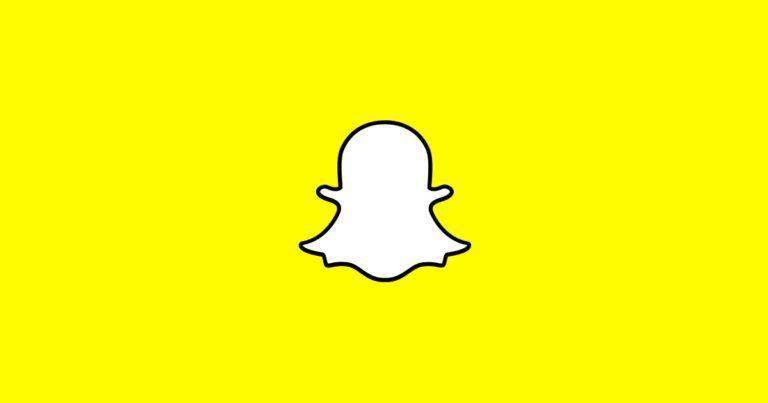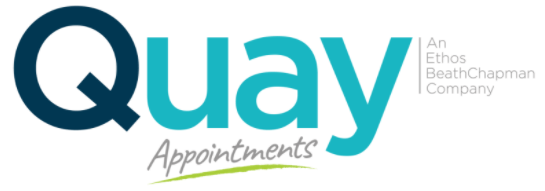What is Snapchat? The Good, The Bad & The Ugly

The simplicity of the platform, Snapchat, is one that many millennial members of the workforce are readily rallying behind. It is a mobile-only app, which means that it has the capacity to reach people that are not often available through traditional forms of marketing or advertising.
The use of Snapchat also encourages growth; this is because around 60% of users fall around the ages of fifteen to twenty four thus encouraging workplaces to engage people that may in future filter through their workplaces and companies.
There are around one hundred to two hundred million users on Snapchat to date according to IOfficeCorp. Normal users spend around twenty-five to thirty minutes every single day on the platform. Snapchat and a workplace’s ability to utilise it to its maximum capacity will revolutionise the way we communicate with potential customers and potential clients.
Snapchat content has a one-day lifespan and personal images sent between people can self-destruct from anywhere between one to ten seconds. According to Amy Morin, a contributor for Forbes magazine; Generation Z teenagers respond the fastest to email ranging anywhere between thirteen minutes or less in response time. Millenials (aged between 20 – 35) normally have a sixteen-minute average response time and older generations taking twenty four to forty seven minutes on average to respond.
Snapchat satisfies the need for transparent and authentic content, without the added pressure to create lasting content, the content displayed and perpetuated on this platform is instant and allows users to freely share content without the added concern of its longevity.
The succinct simplicity of Snapchat content also allows users to reach greater audiences with significantly more reach and success rates. Communication on Snapchat meets the current consumerist demand for immediate and convenient communication.
Along with the benefits there are also numerous risks relating to an organisation’s private content and its accidental consumption. This is important to acknowledge before introducing Snapchat into any professional context. It calls on companies and organisations to readdress their cellular and mobile phone policies in order to ensure the safety of confidential and private information.
On a more interpersonal, serious and human note, Snapchat has been used in the past to bully and harass individuals. With most cases occurring around high school aged children. Although not completely uncommon in the workplace, it is something employers should be wary of when constructing their anti-bullying, harassment and discrimination policies for the workplace. Snapchat can often feel like a consequence-free social platform and should thus be treated carefully and with the utmost consideration if ever introduced into a professional workplace environment or context.









SERVICES
LOCATIONS


